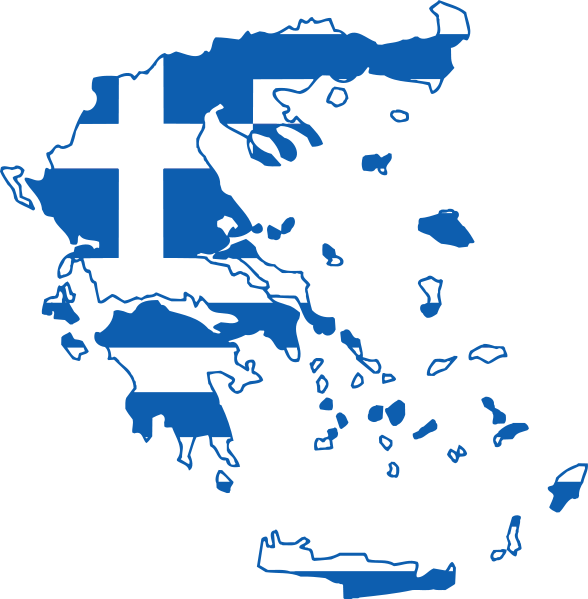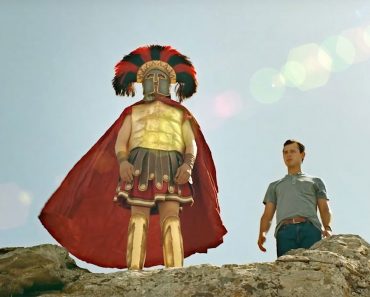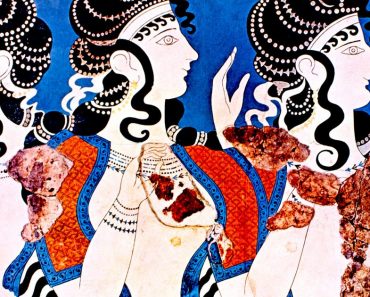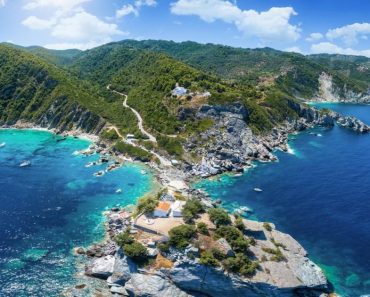Excavations are set to resume at the remarkable Kurul Castle in Ordu, Turkey, where archaeologists continue to uncover extraordinary evidence of a royal Dionysian cult that flourished over 2,000 years ago in the mountains overlooking the Black Sea.
A Sacred Mountain Stronghold
Dating back approximately 2,300 years, Kurul Castle represents the first scientifically excavated archaeological site in Turkey’s Eastern Black Sea region. Built during the reign of the legendary King Mithridates VI Eupator, who ruled the Pontic Kingdom from 120-63 BC, this mountain fortress served both military and religious functions that are only now being fully understood.
The site’s unique position as home to a single ancient civilization has allowed archaeologists to explore uninterrupted cultural layers, providing an unprecedented window into the religious and political life of the Hellenistic period. Led by Prof. Dr. Süleyman Yücel Şenyurt of Gazi University, the excavation has yielded over 5,000 artifacts since systematic digging began in 2010, according to reports from the Ordu Directorate of Culture and Tourism.

Pan and goat shaped vessel. (Ordu Provincial Directorate of Culture and Tourism)
Divine King and Sacred Mysteries
The most intriguing discoveries include a collection of terracotta figurines found in what researchers believe was a ritual or temple space. The assemblage features a young Dionysus, the pastoral god Pan, and distinctive goat-shaped ceremonial vessels – all pointing to active Dionysian cult practices within the castle walls.
These artifacts take on extraordinary significance when viewed in the context of King Mithridates VI’s deliberate identification with Dionysus. Historical evidence, including a crucial inscription from Delos dated 94/93 BC, explicitly refers to “King Mithridates Eupator Dionysus,” revealing that this fusion of mortal ruler and divine deity was not metaphorical but official state policy.

Goat-shaped ritual vessel discovered at Kurul Castle, likely used in Dionysian ceremonies honoring the god-king Mithridates VI. (Ordu Provincial Directorate of Culture and Tourism)
Political Strategy Through Divine Identity
Mithridates VI’s adoption of Dionysiac identity was far more than religious devotion – it was a sophisticated political strategy. By positioning himself as the embodiment of Dionysus, the god associated with liberation, transformation, and boundary-crossing, Mithridates legitimized his role as liberator of the East from Roman dominance.
“This new group of finds reveals a new god, a god of Anatolian origin who was the partner of Cybele. This is Dionysus. These new finds include a terracotta figure of the child Dionysus and the god Pan who raised him, as well as vessels in the shape of goats and other animals associated with the Dionysus cult and the god Pan… These are vessels used in ceremonies. We found such a group.” explained excavation head Prof. Şenyurt.
“To find not only Cybele, the ancient Anatolian mother goddess, but also ritual objects tied to Dionysus and Pan, gives this site a mythological richness rarely encountered in northern Anatolia,”
The presence of these diverse deities suggests a syncretic religious environment where local Anatolian traditions merged with Hellenistic cult practices.

The 2,100-year-old marble mother goddess sculpture of Kybele at Kurul Castle in Turkey near the Black Sea. (Ordu Provincial Directorate of Culture and Tourism /Hurriyet Daily News)
Unprecedented Archaeological Insights
Among the site’s most celebrated discoveries is a statue of the Mother Goddess Cybele, dating to approximately 2,100 years ago, demonstrating the complex religious landscape of the Pontic Kingdom. The combination of Cybele worship with Dionysian mysteries provides unique insights into how ancient rulers used religious syncretism to consolidate power and cultural identity.
“Kurul Castle is exceptional because it was home to a single ancient civilization, allowing us to explore uninterrupted cultural layers,” noted Uğur Toparlak, Ordu’s Director of Culture and Tourism, in official statement. “This is not only a heritage site but also a rare archaeological window into religious and political life” records Arkeonews.
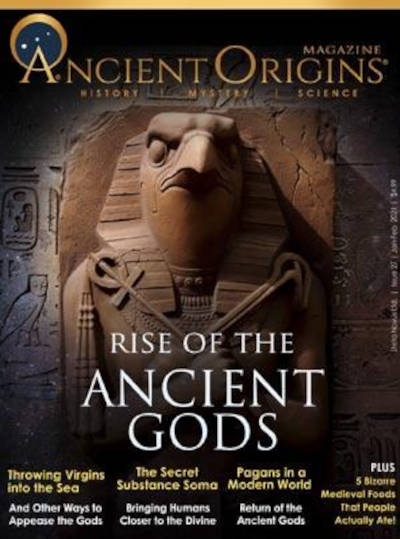
‘Rise of the Ancient Gods’ AO Magazine – Available at the Ancient Origins Store for just $4.99
Opening Ancient Doors to Modern Visitors
As the 16th excavation season prepares to begin, plans are advancing to open Kurul Castle to tourism, transforming this remote mountain fortress into an accessible window to the ancient world. The site’s dramatic location on a ridge overlooking the Black Sea, combined with its extraordinary archaeological finds, positions it to become a major destination for those seeking to explore the fascinating intersection of myth, monarchy, and sacred space.
The ongoing excavations at Kurul Castle continue to illuminate the sophisticated religious and political strategies of one of antiquity’s most remarkable rulers, revealing how divine authority was constructed and maintained in the ancient world through the careful orchestration of sacred rituals and divine identification.
Top image: Terracotta figurines of young Dionysus, Pan, and goat-shaped vessels discovered at Kurul Castle, revealing ancient Dionysian ritual practices. Source: Ordu Provincial Directorate of Culture and Tourism
By Gary Manners
